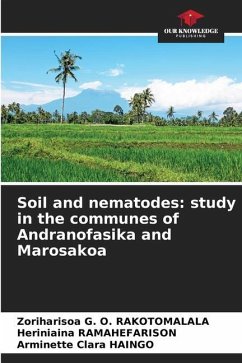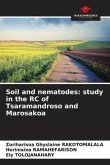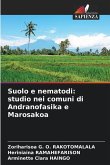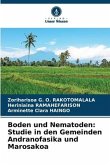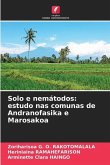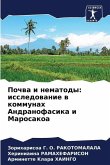Food insecurity continues to worsen in the world. It is mainly linked to demographic pressure and is felt especially in developing countries. Agricultural production is the key element to confront this problem. However, it is strongly linked to the soil which is often neglected. This study focuses on the soil, especially on soil biodiversity (nematodes) and the impacts of soil use on these organisms, as they, in their diversity, play important functions in agricultural production. The objective of this study was therefore to evaluate the physical and chemical parameters of the soil and its biological functioning through the inventory of its nematofauna richness. Plots with different characteristics and in different ecosystems in the rural commune of Andranofasika and Marosakoa were chosen to carry out the research. The results obtained showed that nematodes are more abundant in forest ecosystems. The types of devices and some parameters especially edaphic have a significant influence on the abundance of nematodes.

